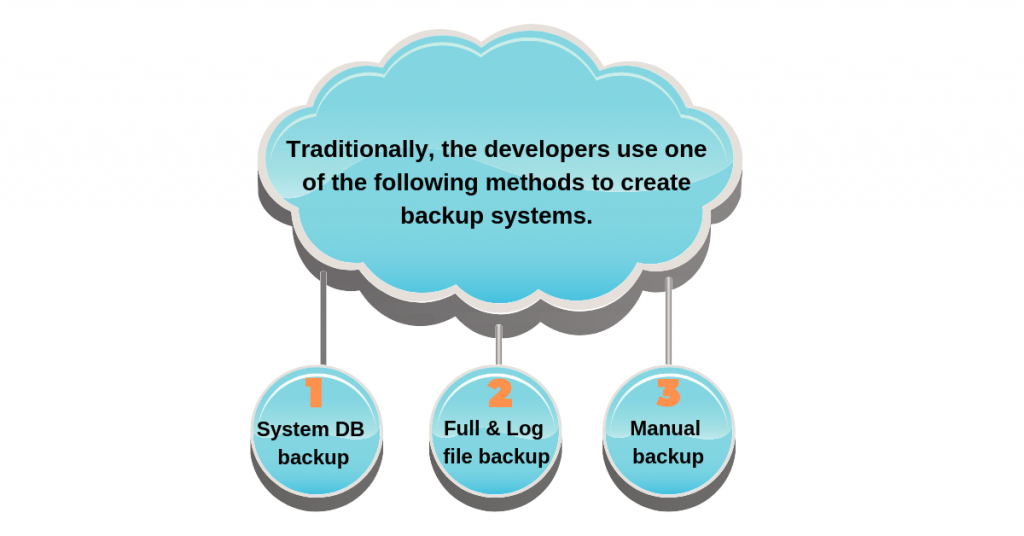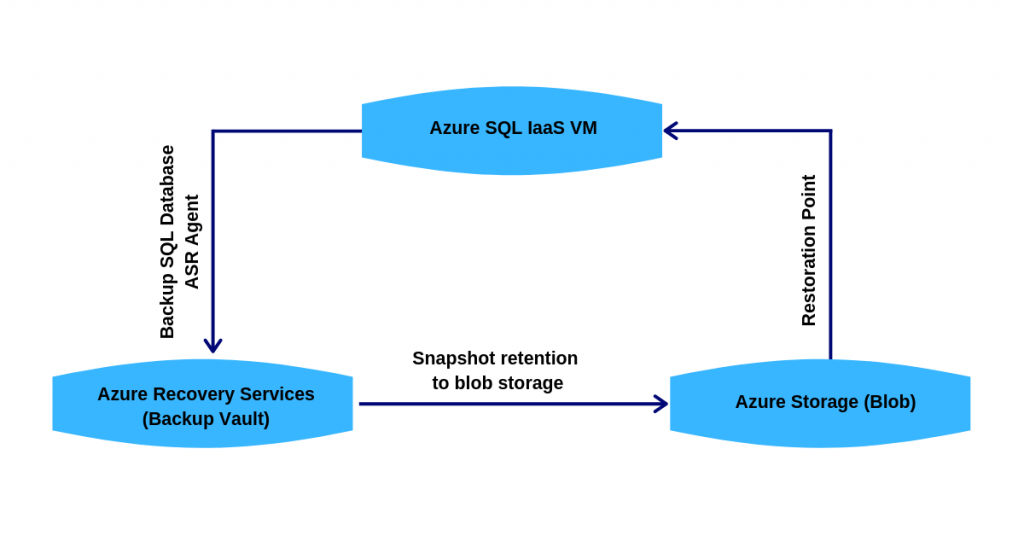Azure SQL VM Backup- Restoration by using Azure Automated Backup method
With the modernization of IT framework and the enterprises moving to the cloud, would you like to keep utilizing the legacy backup mechanism that are repetitive, infrastructure heavy and non-scalable? Find out more insight on how Azure SQL VM helps to restore system using Azure Automated Backup method in a more effective way.



